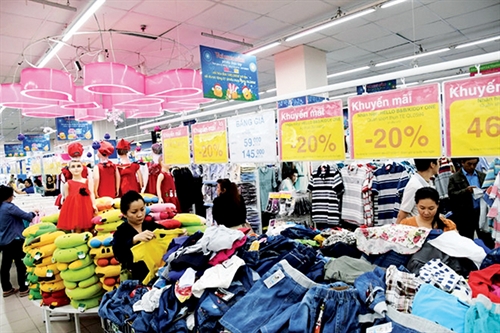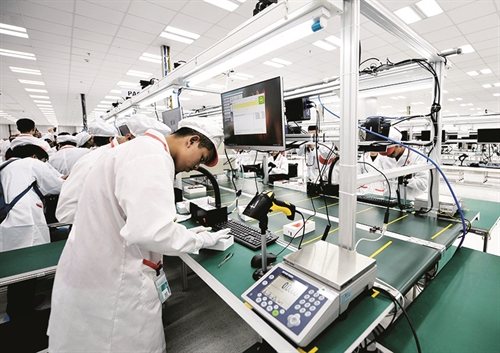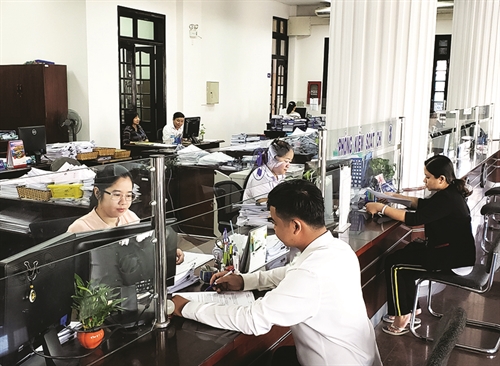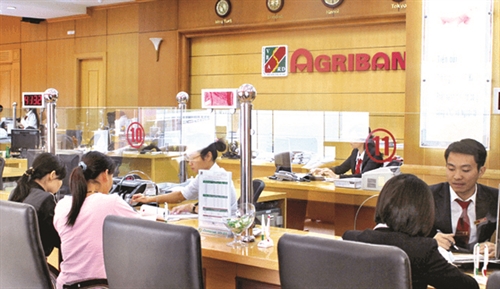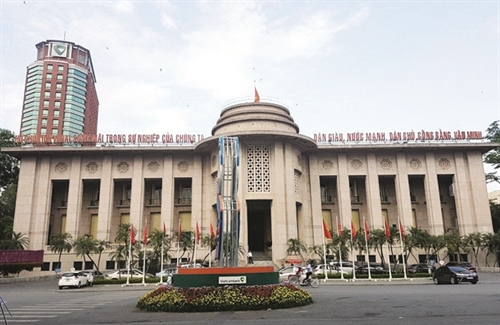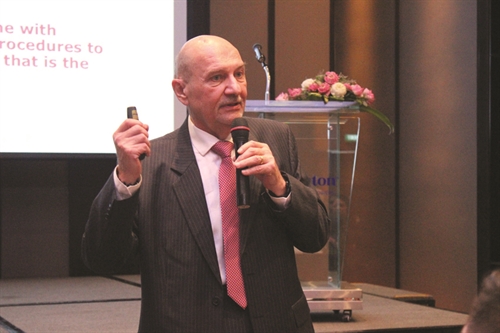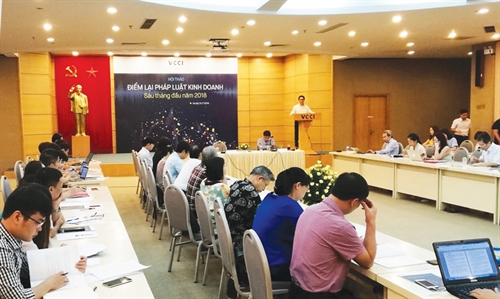The Prime Minister on April 19 approved Decision 18, prescribing the import of used machinery, equipment and technological lines, which is designed to replace Circular 23 of 2015, issued by the Ministry of Science and Technology (MOST).
Speaking with khoahocphattrien.vn, Nguyen Nam Hai, Director of the MOST’s Department of Technology Appraisal, Examination and Assessment, said Circular 23 has helped prevent out-of-date machinery from entering Vietnam, while facilitating businesses’ technology transfer and innovation. However, against the backdrop of higher demand for import of second-hand technologies into Vietnam, the new regulation is expected to lay a more flexible and transparent mechanism which facilitates economic growth while ensuring environmental protection.
Noteworthily, Decision 18 narrows the purposes of import of used machinery, equipment and technological lines into Vietnam, saying that they may be imported for production activities only, instead of serving production and trade as prescribed in Circular 23.
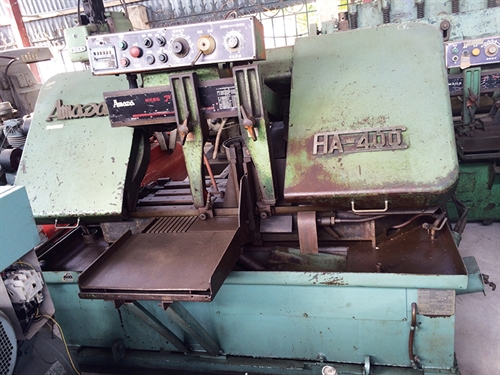 |
| A second-hand Japanese sawing machine imported by Hanoi-based Thai Viet Industrial Equipment Company Ltd__Photo: Internet |
Clearer import criteria
Unlike Circular 23, Decision 18 classifies criteria for import of used machinery and equipment into two groups, one is set for machinery and equipment and the other for technological lines.
With a view to avoiding the risk of turning the country into a dumping ground for out-of-date machines and technologies, the new regulation keeps unchanged Circular 23’s provision disallowing the import of machinery, equipment and technological lines announced by exporting countries as being discarded for the reason of obsoleteness, inferior quality or polluting elements; and machinery, equipment and technological lines failing to meet law-prescribed safety, energy efficiency and environmental protection requirements.
The age requirement is also retained. Specifically, the age of used machinery and equipment, which is counted from the year of manufacture to the year of import into Vietnam, must not exceed 10 years.
According to Hai, the age requirement imposed on used equipment, regardless of their types and sectors, has, on the one hand, helped effectively prevent the import of obsolete, energy-wasting and polluting machinery, equipment and technological lines into Vietnam but, on the other hand, posed difficulties to enterprises, especially foreign-invested ones, that wish to import used equipment or relocate their factories to the country.
However, Decision 18 allows the import of used machinery and equipment serving mechanical engineering, wood production and processing and paper and paper pulp production which are aged at between 15 and 20 years. As explained by Hai, these machinery and equipment have a longer life expectancy than others and, moreover, their operation activities rarely affect the environment.
“The revision has been carefully considered on the basis of analyzing characteristics and practical operation of such equipment, taking into account opinions of experts and business associations and consensus of line ministries,” Hai said.
Besides, the Decision removes Circular 23’s Article 6.2, which grants exemption from the age requirement for used equipment imported under investment projects. Instead, such waiver applies only to those acquiring an investment registration certificate or investment decision before June 15, the effective date of the Decision.
In order to be allowed for import into the country, used machines, equipment and technological lines must have the remaining capacity or performance equaling at least 85 percent of the design one while their energy and material consumption rate must not exceed the design rate by 15 percent or higher.
Second-hand machinery and equipment must also conform with Vietnam’s national technical regulations (QCVN) on safety, energy efficiency and environmental protection and technical specifications of Vietnam’s national standards (TCVN) or a G7 country’s or the Republic of Korea’s national standards on safety, energy efficiency and environmental protection, in case there is no Vietnam’s national technical regulation relevant to the to-be-imported machinery or equipment.
As for technological lines, they must not be included in the List of technologies banned or restricted from transfer issued by the Vietnamese Government, and must be currently used in at least three production establishments in member countries of the Organization for Economic Cooperation and Development (OECD).
More transparent import procedures
Under Decision 18, enterprises wishing to import used machinery and equipment will have to submit one dossier set, comprising:
(i) One dossier set as prescribed in the Customs Law;
(ii) A copy of the enterprise registration certificate, affixed with the enterprise’s seal. In case of entrusted import, there must be a document of import entrustment;
(iii) A document issued by the machinery or equipment manufacturer certifying that the year of manufacture of, and standards applicable to, the machinery or equipment meet the prescribed criteria, in case the machinery or equipment is manufactured in a G7 country or the Republic of Korea; and,
(iv) A certificate of assessment issued by a designated assessment body, in case the machinery or equipment is manufactured in a G7 country or the Republic of Korea but the manufacturer’s certification is unavailable or the machinery or equipment is manufactured in a country other than a G7 country or the Republic of Korea.
Meanwhile, a dossier set for importing a used technological line must have:
(i) One dossier set as prescribed in the Customs Law;
(ii) A copy of the enterprise registration certificate, affixed with the enterprise’s seal. In case of entrusted import, a document of import entrustment is also required; and,
(iii) A certificate of assessment issued by a designated assessment body.
As tasked by the Decision, the MOST will be responsible for designating and recognizing assessment bodies conducting assessment of used machinery, equipment and technological lines, and publish on its portal a list of assessment bodies designated and recognized in accordance with law.- (VLLF)

